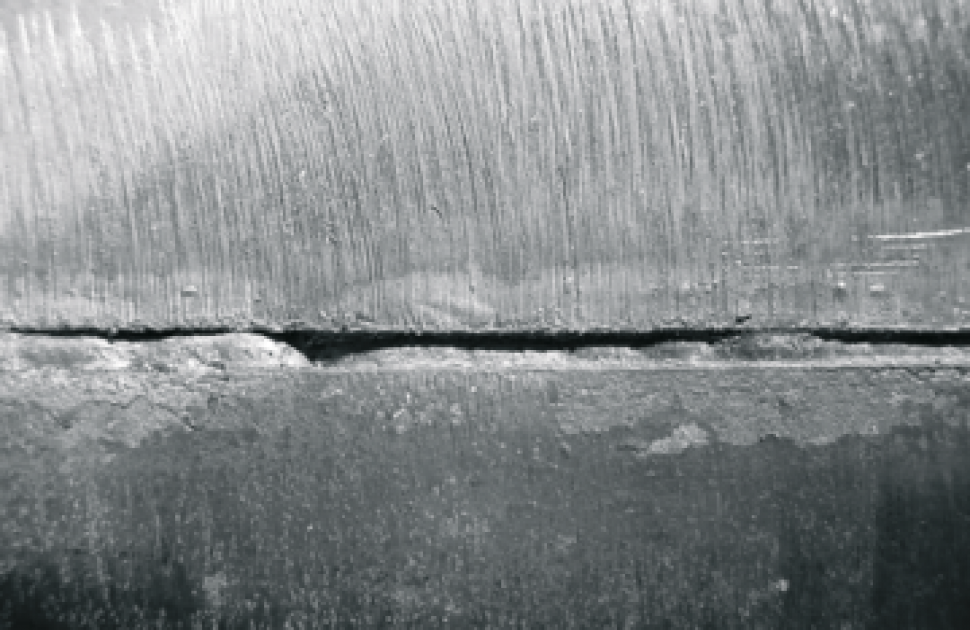Specialist Strategies for Preventing Weld Undercut Properly
Specialist Strategies for Preventing Weld Undercut Properly
Blog Article
Mastering the Art of Welding: How to Prevent Undercut Welding Issues for Flawless Fabrication Results
By understanding the origin triggers of undercut welding and applying efficient techniques to stop it, welders can raise their craft to brand-new levels of quality. In the quest of flawless construction results, mastering the art of welding to prevent undercut problems is not just a skill yet a necessity for those making every effort for excellence in their work.
Comprehending Undercut Welding

To stop undercut welding, welders should guarantee appropriate welding specifications, such as readjusting the present, voltage, travel rate, and maintaining the right electrode angle. Additionally, using the appropriate welding method for the particular joint arrangement is crucial. Using weaving movements or backstepping techniques can assist guarantee proper weld steel deposition and lower the possibility of undercut formation. Regular assessment of welds throughout and after the welding process is additionally important to capture any type of undercut very early and make necessary changes to avoid additional problems. Preventing weld undercut. By recognizing the causes of undercut welding and applying preventative procedures, welders can attain high-grade, structurally sound welds.
Reasons For Undercut in Welding
Understanding the factors that add to undercut in welding is necessary for welders to produce premium, structurally audio welds. Undercutting occurs when the weld steel does not appropriately load the groove developed in between the base metal and the formerly transferred weld metal. Several factors can result in damage in welding. One usual reason is excessive heat input. Welding at heats for extended durations can result in the base metal melting even more than wanted, bring about undercut. Inadequate welding present or inaccurate welding rate can additionally add to damage. Not enough current may not provide sufficient warmth to thaw the base and filler steels adequately, while extreme speed can avoid appropriate combination, causing undercut. In addition, incorrect electrode angles or incorrect torch manipulation techniques can produce locations of reduced weld metal deposition, promoting undercut. Recognizing these reasons and applying proper welding techniques can assist protect against undercutting issues, making certain solid and sturdy welds.
Methods to stop Undercutting

To mitigate the risk of damaging in welding, welders can use strategic welding strategies aimed at improving the high quality and honesty of the weld joints. In addition, making use of the proper welding method for the certain joint arrangement, such as weave or stringer beads, can contribute to lowering undercutting.
Using back-step welding techniques and managing the weld grain profile can additionally assist disperse warm evenly and minimize the risk of undercut. Routine evaluation of the weld joint during and after welding, as Read More Here well as executing top quality assurance procedures, can help in spotting and addressing damaging concerns promptly.
Relevance of Correct Welding Specifications
Choosing and preserving appropriate welding criteria is necessary for attaining successful welds with marginal defects. Welding parameters refer to variables such as voltage, existing, take a trip rate, electrode angle, and securing gas flow price that directly impact the welding process. These specifications have to be carefully changed based upon the kind of product being welded, its thickness, and the welding strategy employed.
Proper welding specifications ensure the correct amount of warm is put on thaw the base metals and filler product uniformly. If the parameters are established also high, it can cause extreme heat input, causing distortion, spatter, or burn-through. On the various other hand, if the criteria are also low, incomplete combination, absence of infiltration, or damaging might take place.
Quality Assurance in Welding Procedures

Conclusion
In verdict, understanding the art of welding needs a detailed understanding of undercut welding, its reasons, and techniques to stop it. By making sure correct welding specifications and carrying out quality control methods, perfect manufacture outcomes can be attained. It is essential for welders to continually make every effort for quality in their welding procedures to prevent undercut problems and create top notch welds.
Undercut welding, an usual issue in welding procedures, happens when the weld steel her response doesn't correctly fill up the groove and leaves a groove or depression along the bonded joint.To stop undercut welding, welders should guarantee proper welding specifications, such as readjusting the existing, voltage, travel rate, and keeping the proper electrode angle. Inadequate welding incorrect or current welding rate can also add to damage.To reduce the threat of damaging in welding, welders can use tactical welding strategies intended at enhancing the quality and integrity of the weld joints.In conclusion, understanding the art of welding needs a complete understanding of undercut welding, its causes, and techniques to avoid it.
Report this page